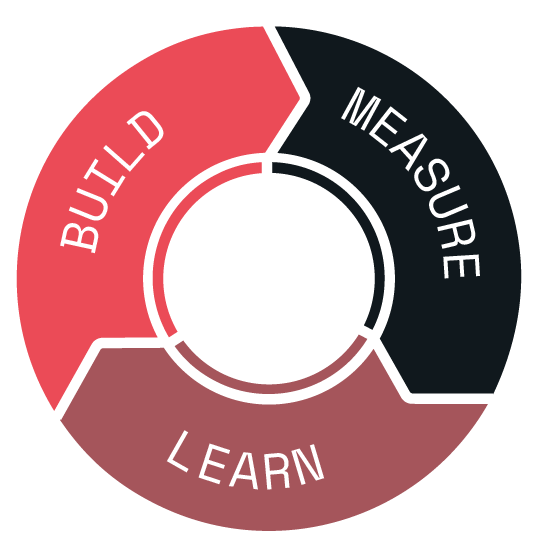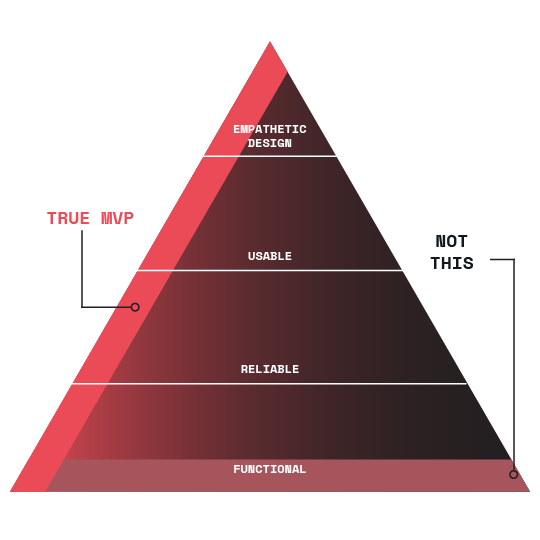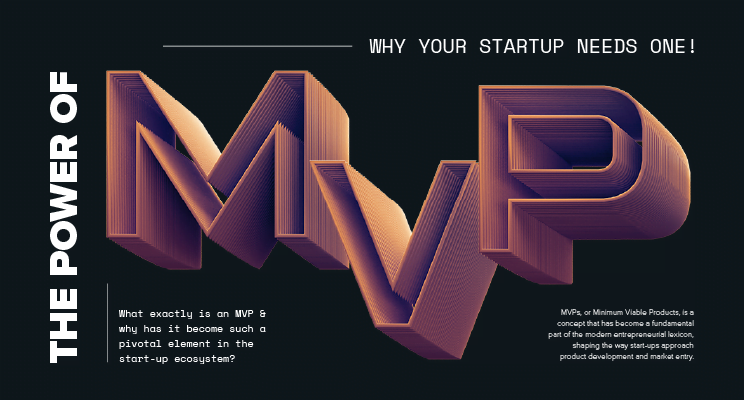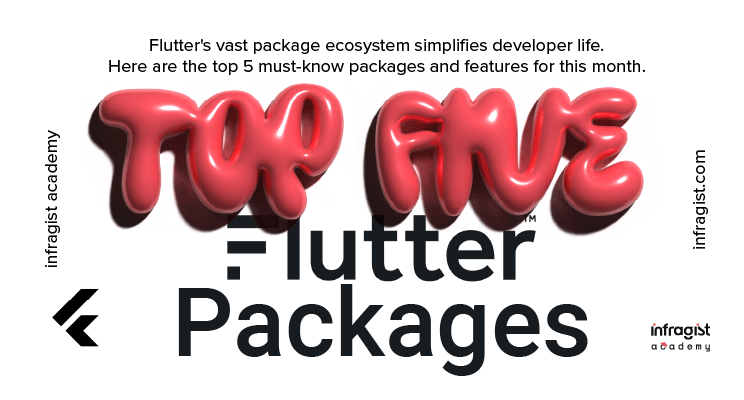In the dynamic, fast-paced world of start-ups, one term you’ll often hear is ‘Minimum Viable Product’ or MVP. This concept has become a fundamental part of the modern entrepreneurial lexicon, shaping the way start-ups approach product development and market entry. But what exactly is an MVP, and why has it become such a pivotal element in the start-up ecosystem? Let’s delve into the details to demystify this concept and understand its significance.
What is an MVP?
An MVP, as defined by Eric Ries, the pioneer of the Lean Start-up methodology, is “that version of a new product which allows a team to collect the maximum amount of validated learning about customers with the least effort.” This definition, while precise, might seem a bit abstract. So, let’s break it down further.
An MVP is essentially the most basic version of your product that is functional and capable of solving a problem or fulfilling a need for your customers. It’s not a stripped-down, incomplete product, but rather a fully usable product with just enough features to attract early-adopter customers and validate the product concept.
The MVP approach is about focusing on the core value proposition of your product. It’s about identifying the primary problem your product aims to solve and building a solution that addresses this problem without any additional frills or features. This allows start-ups to launch a product quickly, gather user feedback, and iterate based on real-world data.
But why is this approach so important? Why not build a full-featured product right from the start? The answer lies in the inherent uncertainty of the start-up environment and the need for efficient resource allocation, which brings us to the importance of an MVP.
What is an MVP?
Building an MVP involves several technical aspects. Here are a few key ones:
Identify the Core Problem: The first step is to identify the core problem your product aims to solve. This will form the basis of your MVP. This involves market research, user interviews, and competitive analysis to understand the problem space deeply.
Define User Flow: Outline the journey you want your users to take. This will help in designing the MVP’s user interface. It’s essential to create a seamless and intuitive user experience, even in the MVP stage, to ensure user engagement and retention.
Choose the Right Tech Stack: The technology stack you choose for your MVP should align with your product requirements and business goals. This includes the programming languages, frameworks, databases, and other tech tools you’ll use to build your product. The right tech stack should be scalable, secure, and maintainable.
Build, Measure, Learn: Once the MVP is launched, collect data, analyse it, and make necessary adjustments. This involves setting up analytics tools to track user behaviour, conducting A/B tests to optimize the product, and iterating based on user feedback and data insights.

Examples of successful MVPs
Dropbox: Dropbox started as a simple MVP that was a three-minute video demonstrating the technology. The video went viral, and the beta waiting list went from 5,000 to 75,000 overnight. This validated the need for their product in the market.
Airbnb: The initial version of Airbnb was a simple website where the founders rented out their loft to people who couldn’t find a hotel during a conference. The success of this simple MVP led to the multi-billion-dollar platform we know today.
Uber: Uber’s MVP was a simple app called UberCab, only available in San Francisco and only for booking black luxury cars. The overwhelming response to this MVP led to the expansion of Uber’s services and geographic reach.
An MVP is essentially the most basic version of your product that is functional and capable of solving a problem or fulfilling a need for your customers.
The 'Build-Measure-Learn' Methodology

The ‘Build-Measure-Learn’ methodology is a continuous loop that drives product development in the Lean Startup approach. It’s a process that promotes rapid iteration, validated learning, and efficient use of resources. Let’s break down each step:
Build: This is the first step in the loop where you develop a minimum viable product that solves a core problem for your target audience. The goal here is not to build a perfect product with all the bells and whistles but to create a functional product that delivers value to the users.
This involves identifying the key features that address the users’ needs and focusing your development efforts on these features. The ‘build’ phase is about speed and efficiency, getting a usable product out to the market as quickly as possible.
Measure: Once the MVP is launched, the next step is to measure how users interact with your product. This involves setting up analytics tools to track user behaviour, conducting user surveys to gather feedback, and monitoring key performance indicators (KPIs) that align with your business goals. These KPIs could include user engagement metrics, retention rates, conversion rates, and more. The ‘measure’ phase is about collecting data that provides insights into the product’s performance and the users’ perceptions.
Learn: After measuring, comes the learning phase. This is where you analyze the data collected to gain insights into user behaviour and preferences. This involves looking at the data trends, identifying patterns, and understanding what the data means in the context of your product and business goals. The ‘learn’ phase is about turning data into actionable insights that can drive decision-making.
Iterate or Pivot: Based on what you’ve learned, the final step is to make necessary changes to your product. This could be an iteration, which involves making small tweaks to improve the product, or a pivot, which is a fundamental shift in strategy based on the learnings. This could involve changing the product features, altering the user interface, adjusting the pricing model, or even redefining the target audience.
The ‘Build-Measure-Learn’ loop is a continuous process. Once you’ve iterated or pivoted, you go back to building, and the loop starts again. This iterative process allows start-ups to continuously adapt and evolve based on real-world feedback and data, reducing risks and increasing the chances of product-market fit.
Conclusion
In conclusion, an MVP is not just a product development strategy; it’s a philosophy that encourages learning, adaptation, and growth. By embracing the MVP approach, start-ups can mitigate risks, save resources, and build products that truly resonate with their target audience.
Cited Resources: The Lean Startup by Eric Ries | Building an MVP | Choosing the Right Tech Stack for Your MVP




